A research team at the Liucheng Sugarcane Research Units (LC-SRU) developed the fifth-generation sugarcane variety LC05-136, which has become a flagship in China due to its high yield, high sugar content, and strong tolerance to drought and cold stress.
Tag: synio
Chloroplast Genome Study Separates C. meiocarpa and C. oleifera to Enhance Tea-Oil Camellia Breeding and Genetic Research
A research team sequenced and analyzed the complete chloroplast genomes of C. oleifera and C. meiocarpa, uncovering significant differences that clarified their phylogenetic relationship.

Tomato Fruit Sugar Control: Unraveling the Role of SlSWEET10a in Sucrose Transport Regulation
A research team identified SlSWEET10a (Sugars Will Eventually be Exported Transporter 10a) as a plasma-localized sucrose transporter that interacts with SlSWEET14, playing a crucial role in regulating sugar metabolism in tomato fruits.
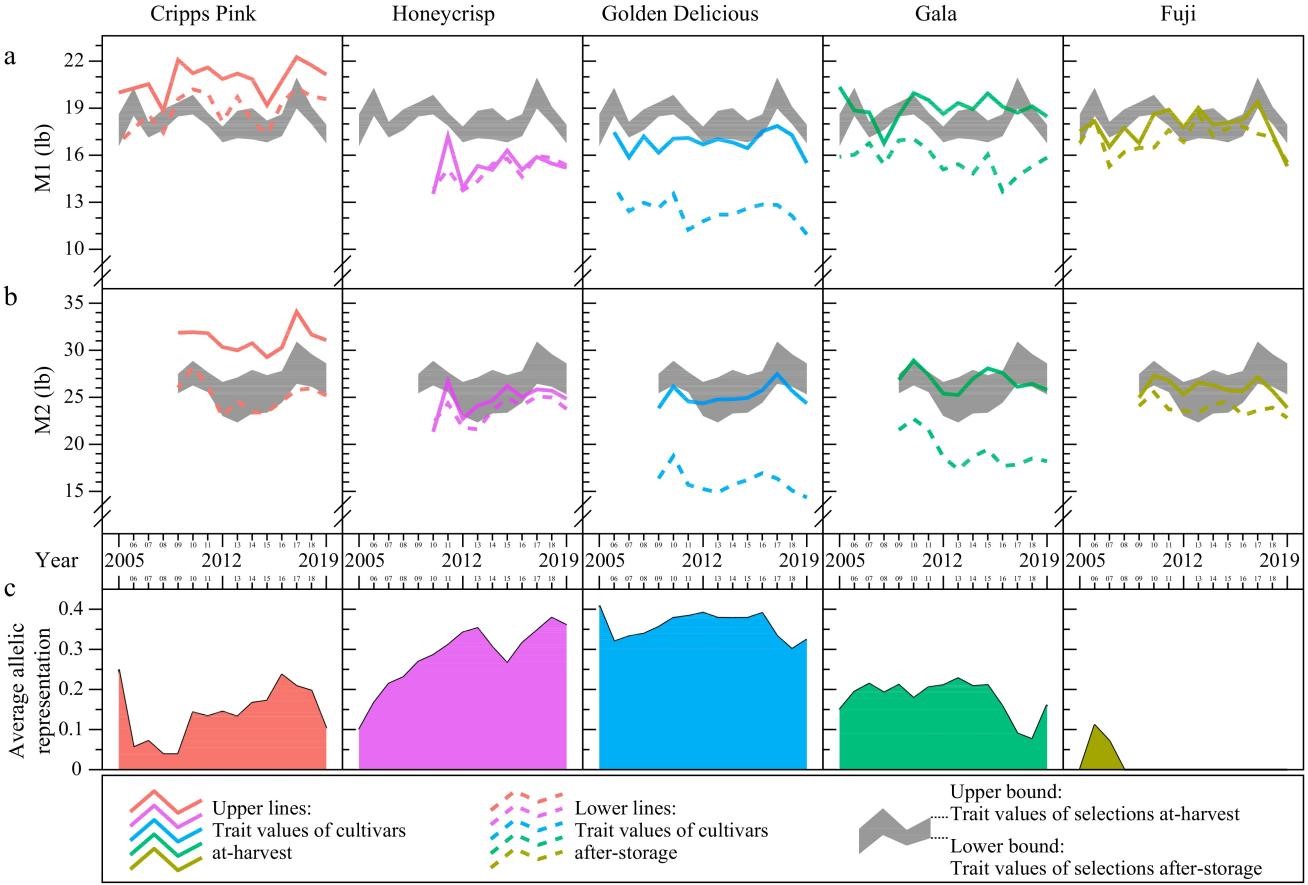
Multi-Year Trends in Apple Firmness Retention Post-Storage and Cultivar Influence on Breeding Selections
A research team at Washington State University has demonstrated considerable advancement in enhancing apple firmness and its retention during cold storage, which is vital for fruit quality.
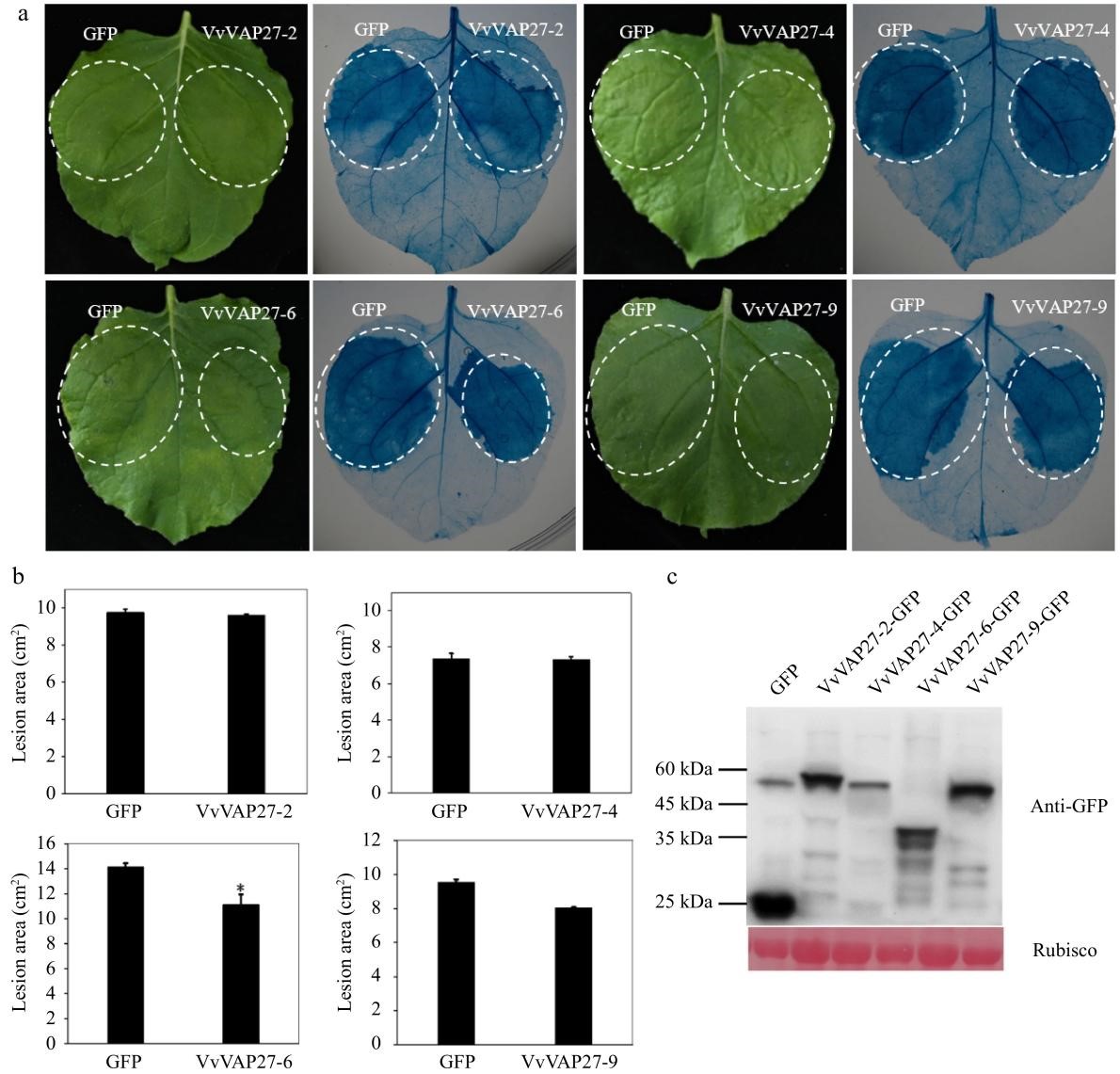
New Study Identifies Key VAP27 Genes in Grapevine, Enhancing Disease Resistance Potential
A research team identified 12 vesicle-associated protein-membrane protein (VAP27) genes in the grapevine genome by bioinformatics, revealing their diverse subcellular localizations and roles in disease resistance.

Green Synthesis of Copper Oxide Nanoparticles from Mangifera Indica: A Sustainable Solution for Agricultural Disease Management
A research team has successfully synthesized green copper oxide nanoparticles (CuO.NPs) from Mangifera indica (M. indica) leaf extract.

Genomewide Prediction: A Promising Approach for Improving Russet Formation in Apple Breeding Programs
A research team has demonstrated that genomewide prediction is a promising approach for targeting russet formation in apple breeding programs.
Breakthrough Insights into Strawberry Senescence: Hormonal Interplay Key to Extending Shelf Life of ‘Benihoppe’ Variety
A research team discovered that the rapid senescence of harvested strawberry ‘Benihoppe’ results from increased perishability, softening, water loss, increased soluble sugars within 2 d, and changes in hormone levels.
Unveiling the Genetic Blueprint of Photosynthesis in Citrus: Study Identifies Key Traits and Genes to Boost Fruit Production
A research team investigated 71 citrus accessions and varieties using over 56,000 single nucleotide polymorphisms (SNPs) and 37 leaf reflectance parameters to study photosynthesis-related traits.
Rpv34: A Novel Plasmopara viticola Resistance Locus Discovered in ‘Moldova’ Grapes
A research team identified a P. viticola-resistant locus, Rpv34, in table grapes through analysis of a high-density genetic map with 826 SNPs derived from F1 progenies of ‘Moldova’ (resistant) and ‘Shine Muscat’ (susceptible parent).
Advancements and Prospects in Ratoon Rice Cultivation: Enhancing Yield and Sustainability through Innovative Breeding and Mechanization
A research team reviewed the advancements and prospects of ratoon rice cultivation in China, highlighting its significant rise due to improved breeding methods and cultivation technology.
Advanced Deep Learning and UAV Imagery Boost Precision Agriculture for Future Food Security
A research team investigated the efficacy of AlexNet, an advanced Convolutional Neural Network (CNN) variant, for automatic crop classification using high-resolution aerial imagery from UAVs.
Rhizobacteria Identified to Combat Striga and Boost Sorghum Yields in Ethiopia
A research team identified potential Striga-suppressing rhizobacteria associated with sorghum, which have been shown to significantly reduce Striga seed germination rates.
Research Unveils Rhizobia Strains Effective Against Soybean Root Rot Fungal Pathogens
A research team identified three rhizobia strains, Rhizobium sp. TZSR12C, Rhizobium sp. TZSR25B, and Bradyrhizobium sp. TZSR41A, which effectively suppressed root rot fungal pathogens in soybeans under both in vitro and greenhouse conditions.
LGNet Revolutionizes Plant Disease Detection for Enhanced Crop Protection
A research team has developed LGNet, a dual-branch network that combines convolutional neural networks (CNNs) and visual transformers (VTs) for plant disease identification.
Exemplar-Based Data Generation and Leaf-Level Analysis for Phenotyping Drought-Stressed Poplar Saplings
A research team has developed a novel method combining computer vision and deep learning to phenotype drought-stressed poplar saplings, achieving 99% accuracy in variety identification and 76% accuracy in stress-level classification.
Synchrotron-Based Imaging Techniques Enhance Understanding of Soybean Nodule Structures for Improved Nitrogen Fixation Efficiency
A research team used synchrotron-based X-ray microcomputed tomography (SR-μCT) to non-invasively obtain high-quality 3D images of fresh soybean root nodules, quantifying the volumes of the central infected zone (CIZ) and vascular bundles (VBs).
Innovative Use of Hyperspectral Data and DCGANs Enhances Rice Protein Content Estimation
A research team used hyperspectral data and deep convolution generative adversarial networks (DCGANs) to improve the accuracy of rice grain protein content (GPC) estimation. By generating simulated data, they enhanced the model’s performance, achieving an R² of 0.58 and RRMSE of 6.70%.
Innovative Deep Learning Model Enhances Maize Phenotype Detection and Crop Management
A research team developed the Point-Line Net, a deep learning method based on the Mask R-CNN framework, to automatically recognize maize field images and determine the number and growth trajectory of leaves and stalks.
New DEKR-SPrior Model Revolutionizes High-Throughput Phenotyping of Soybean Pods and Seeds
A research team developed the DEKR-SPrior model to improve high-throughput phenotyping of soybean pods and seeds.
New UAV-Based Method Enhances Wheat Uniformity Monitoring and Yield Prediction
A research team has developed an innovative method to quantify wheat uniformity using unmanned aerial vehicle (UAV) imaging technology.
A Research Team Develops Hyperspectral Library for Rice Nutrient Stress, Achieving Up to 100% Accuracy with Deep Learning
A research team has developed a hyperspectral library for 14 NPK nutrient stress conditions in rice, using a terrestrial hyperspectral camera to collect and analyze 420 rice stress images.
Advanced DeepLabv3+ Algorithm Enhances Safflower Filament Harvesting with High Accuracy
A research team has developed an improved DeepLabv3+ algorithm for accurately detecting and localizing safflower filament picking points.
New Radiative Transfer Modeling Framework Enhances Deep Learning for Plant Phenotyping
A research team has developed a radiative transfer modeling framework using Helios 3D plant modeling software to simulate RGB, multi-/hyperspectral, thermal, and depth camera images with fully resolved reference labels.
A Research Team Develops SCAG Algorithm for Accurate Branch Detection and Angle Calculation in Soybeans Using LiDAR Data
A research team has developed the SCAG algorithm for accurate branch detection and angle calculation in soybean plants using LiDAR data.
Ultraviolet-Absorbing Film Shows Promise in Controlling Insecticide-Resistant Thrips in Chinese Agriculture
A research team founded that field populations of the thrips Megalurothrips usitatus and Thrips palmi in China have developed high resistance to multiple insecticides, presenting significant control challenges.
The Roles of Rhizospheric and Endophytic Microorganisms on the Regulation of Secondary Metabolites Accumulation in Medicinal Plants-A Review from Medicinal Plant Research Center of South China Agricultural University
Medicinal plants are important economic crops and of great value in healthcare industry.
Research Progress on the Biosynthesis, Metabolic Engineering, and Pharmacology of Bioactive Compounds from the Lonicera Genus-A Review from Yin Xiaojian’s Team at the Northeast Institute of Geography and Agriculture, Chinese Academy of Sciences
Lonicera has about 200 species of plants, which have extensive economic benefits and can be used as medicinal materials, food, cosmetics and ornamental plants, etc.
Advances in Omics Research of Rosaceae
A research team has provided a comprehensive overview of the applications of omics technologies in Rosaceae plants.
Enhancing Forest Productivity through Improved Phosphorus Use: A Comprehensive Review of Phosphorus Uptake, Transport, and Signaling in Woody and Model Plants
A research team has reviewed the mechanisms of inorganic phosphorus (Pi) uptake, transport, and signaling in woody plants based on the backbone of model and crop plants. A research team has reviewed the mechanisms of inorganic phosphorus (Pi) uptake, transport, and signaling in woody plants based on the backbone of model and crop plants.
Exploring the Multifaceted Role of MicroRNA156 in Horticultural Plants: A Review of Its Regulatory Impact and Biotechnological Potential
A research team has reviewed the role of MicroRNA156 (miR156) in horticultural plants, uncovering its significant influence on a variety of biological processes such as vegetative growth, floral induction, and stress response.
Revolutionizing Plastic-Greenhouse Agriculture: A Novel Soil Profile Design for Global Sustainability and Enhanced Crop Production
A research team has developed a novel conceptual framework for designing plastic-greenhouse soil profiles that cater to the needs of smallholder farmers.
Revolutionary Remote Sensing Research Unravels Plant Genetic Diversity and Evolution
A research team has recently published a comprehensive review on the innovative integration of spectral data and phylogeographic patterns to study plant genetic variation.
Unveiling the Genetic Interplay in Impatiens Downy Mildew: A Transcriptome-Based Approach to Enhancing Disease Resistance
A research team has meticulously analyzed the transcriptional response of Impatiens walleriana to Plasmopara obducens infection, revealing between 3,000 and 4,500 differentially expressed transcripts at various stages of the disease.
Unlocking the Secrets of Plant-EMF Interactions: A Comprehensive Review
In a review article, a research team meticulously analyzed the biological impacts of ornamental plants’ exposure to electromagnetic fields (EMFs), especially those at high frequencies.
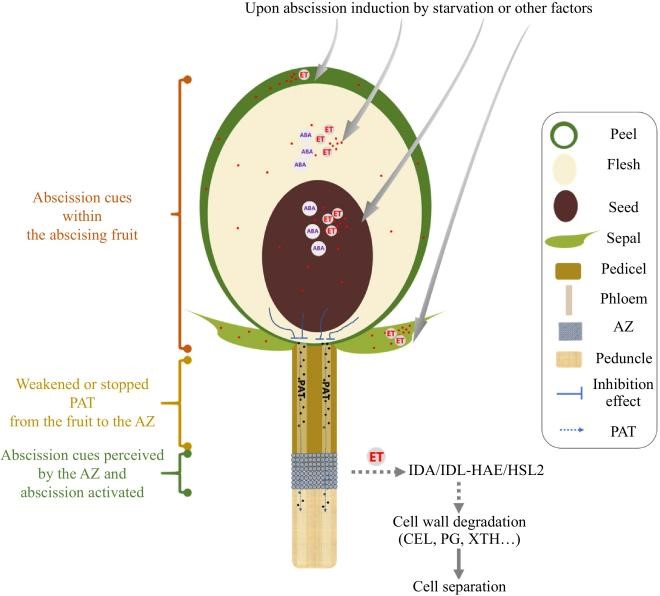
Advancing Fruit Crop Resilience: Unveiling the Molecular Dynamics of Abscission in Woody Fruit Crops
A research team has made significant strides in understanding the mechanisms of fruit abscission in woody fruit crops, an essential process affecting fruit yield and economic value.
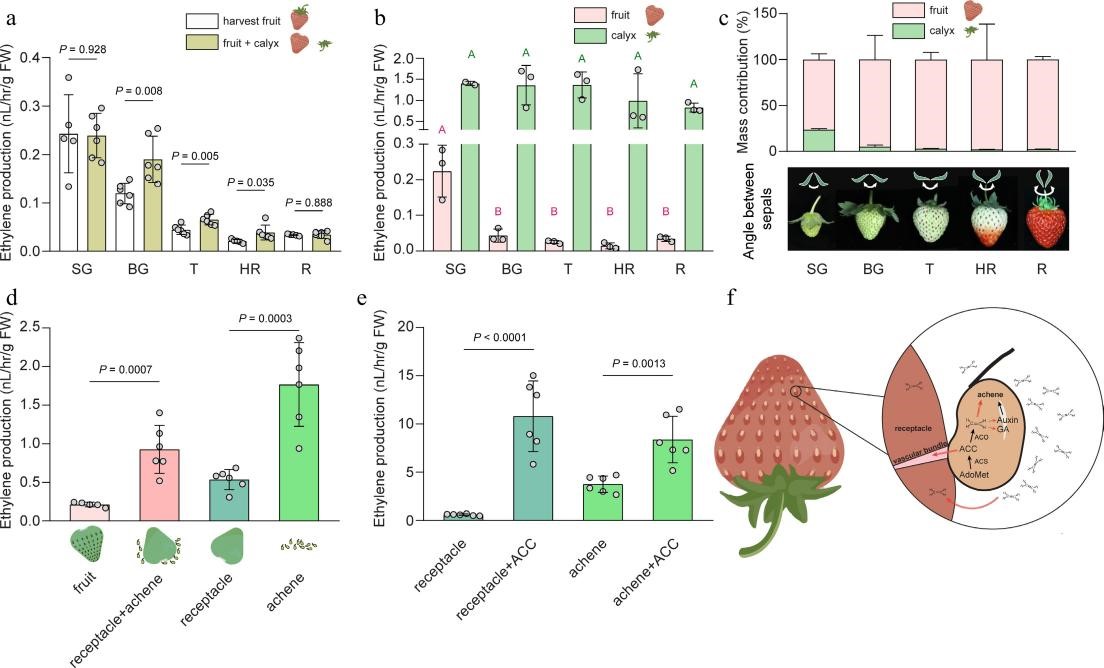
Rethinking Ripening: Ethylene’s Expanded Role in Strawberry Fruit Development and Maturation
A research team has discovered a potential role for ethylene in the maturation of strawberry fruits, specifically the true fruit—achenes—embedded in the fleshy receptacle.
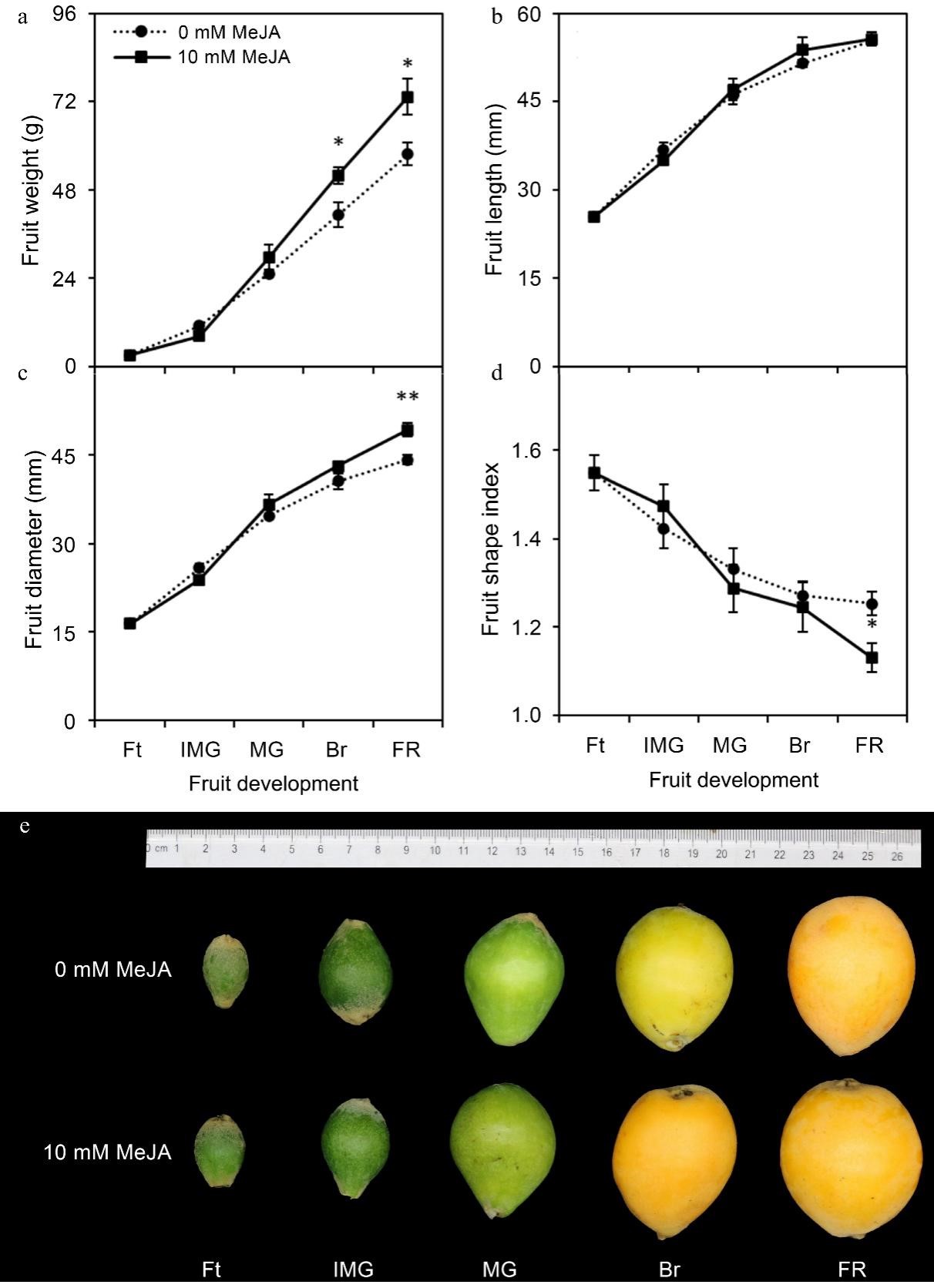
Enhancing Loquat Fruit Quality with Methyl Jasmonate: A Study on Sugar Metabolism and Gene Expression Dynamics
A research team investigated the dynamics of soluble sugars in ‘Zaozhong 6’ loquat fruits following treatment with methyl jasmonate (MeJA).
Plant-LncPipe: a new tool for plant long non-coding RNA (lncRNA) identification
Long non-coding RNAs (lncRNAs) are ubiquitous transcripts with crucial regulatory roles in various biological processes, including chromatin remodeling, post-transcriptional regulation, and epigenetic modifications.
Revolutionizing Mei (Prunus mume) Breeding: Genomic Insights into Ornamental and Cold Resistance Traits
A research team has provided an overview for understanding the genetic basis of ornamental and cold resistance traits in Mei (Prunus mume), a tree valued both for its ornamental and cultural significance in China.
Enhancing Heat Tolerance in Cool-Season Turfgrasses: A Comprehensive Review of Physiological Changes, Molecular Advances, and Breeding Strategies
A research team reviewed the physiological and morphological changes in cool-season turfgrasses under high temperature stress, alongside advances in molecular characterization of their temperature regulatory networks.
Innovative FTIR Spectroscopy Models Unravel Cell Wall Composition and Nutritional Quality in Buffel Grass
A research team developed Fourier transform infra-red (FTIR) spectroscopy-based partial least squares regression (PLSR) models to assess Cenchrus spp (buffel grass) accessions, discovering significant correlations between cell wall composition and digestibility metrics like neutral detergent fiber (NDF) and indigestible NDF (iNDF).
Enhancing Fermented Sausage Quality: A Comprehensive Review of Gel Formation Mechanisms and the Role of Lactic Acid Bacteria
A research team reviewed the process of gel formation in fermented sausages, emphasizing the crucial role of myofibrillar proteins and the influence of lactic acid bacteria, temperature, and processing methods on gel properties.
Revolutionizing Sweetpotato Genetics: A Comprehensive Update to the ‘Taizhong 6’ Genome Annotation
A research team has substantially enhanced the annotation of the sweetpotato genome ‘Taizhong 6’, introducing a more comprehensive and detailed version, v1.0.a2.
Transforming Agriculture and Medicine: The Impact of Gene-Based Breeding (GBB)
A research team has demonstrated that gene-based breeding (GBB) offers a transformative approach to advancing plant and animal breeding, showing remarkable predictability, speed, and cost-effectiveness.
Advancing CBSD Resistance in Cassava: A Comprehensive Review of Breeding Strategies and the Role of New Plant Technologies
A research team reviewed the advancements in managing cassava brown streak disease (CBSD), highlighting the integration of new plant breeding technologies (NPBTs) with traditional breeding to enhance resistance.
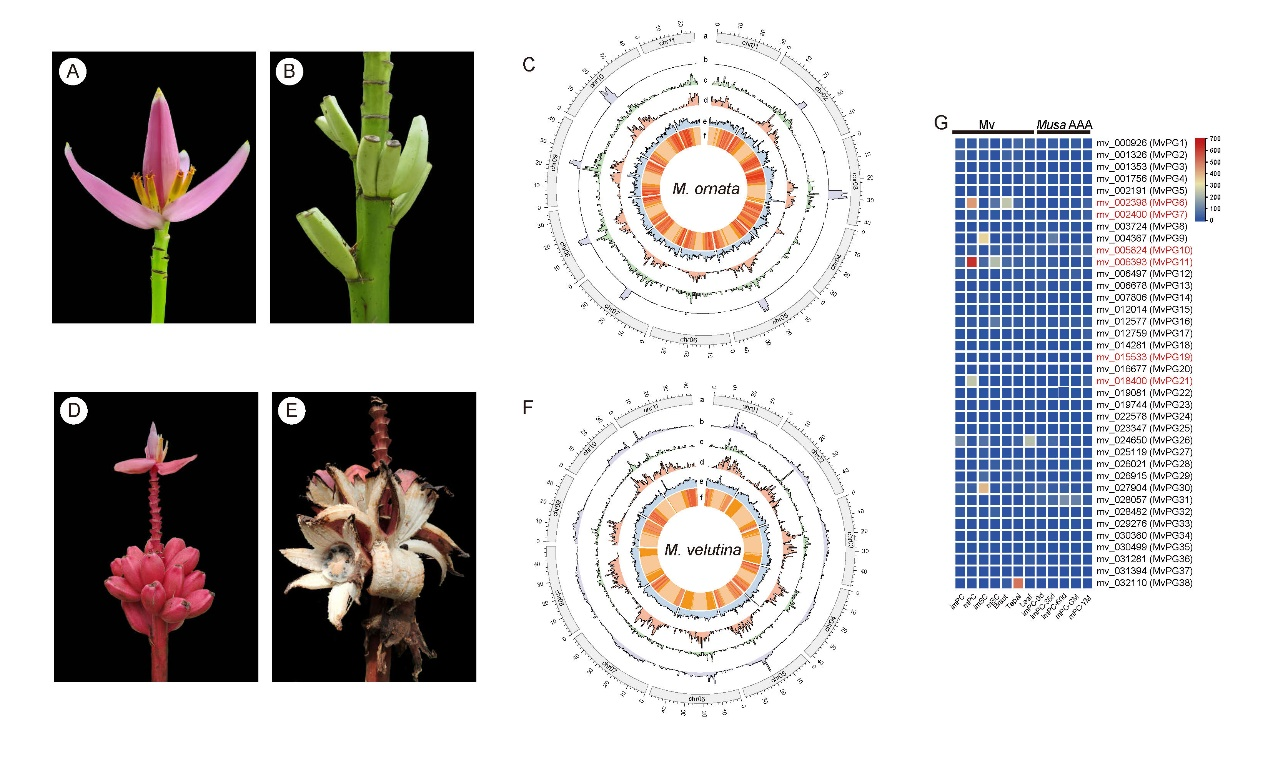
The first chromosome-level reference genomes of the ornamental banana and pink banana
The genus Musa, encompassing approximately 70 herbaceous species, is predominantly found in the tropical and subtropical regions of Asia and Oceania.

Zhilong Bie team from Huazhong Agricultural University revealed the molecular mechanism of CmoDREB2A and CmoNAC1 in pumpkin regulating the salt tolerance of grafted cucumber
Cucumber (Cucumis sativus L.) holds significant importance among greenhouse vegetables in China, despite its relatively low salt tolerance. Grafting cucumber onto pumpkin rootstocks, which exhibit strong salt tolerance, can improve its resistance to saline conditions. Earlier research conducted by the team revealed that the pumpkin rootstock CmoNAC1 boosts salt tolerance in grafted cucumbers by modulating H2O2/ABA signaling and maintaining K+/Na+ balance through its interaction with the promoters of CmoRBOHD1/CmoNCED6 and CmoAKT1;2/CmoHKT1;1.
Unraveling the role of DlBGAL9 and AGL61/80 in Longan somatic embryogenesis and heat stress tolerance: A multi-omics approach
A research team has unveiled 20 β-galactosidase (BGAL) genes within the longan genome, highlighting their crucial roles in embryogenic development and heat stress adaptation.
Decoding Pecan Pollination: A Dive into the Chloroplast Genome of ‘Xinxuan-4’ and Its Impact on Cultivar Diversity and Efficiency
The chloroplast (cp) is critical for various biological functions in plants, such as photosynthesis and stress responses, with its genome offering simpler analysis and sequencing due to its size and reduced homologous influence.